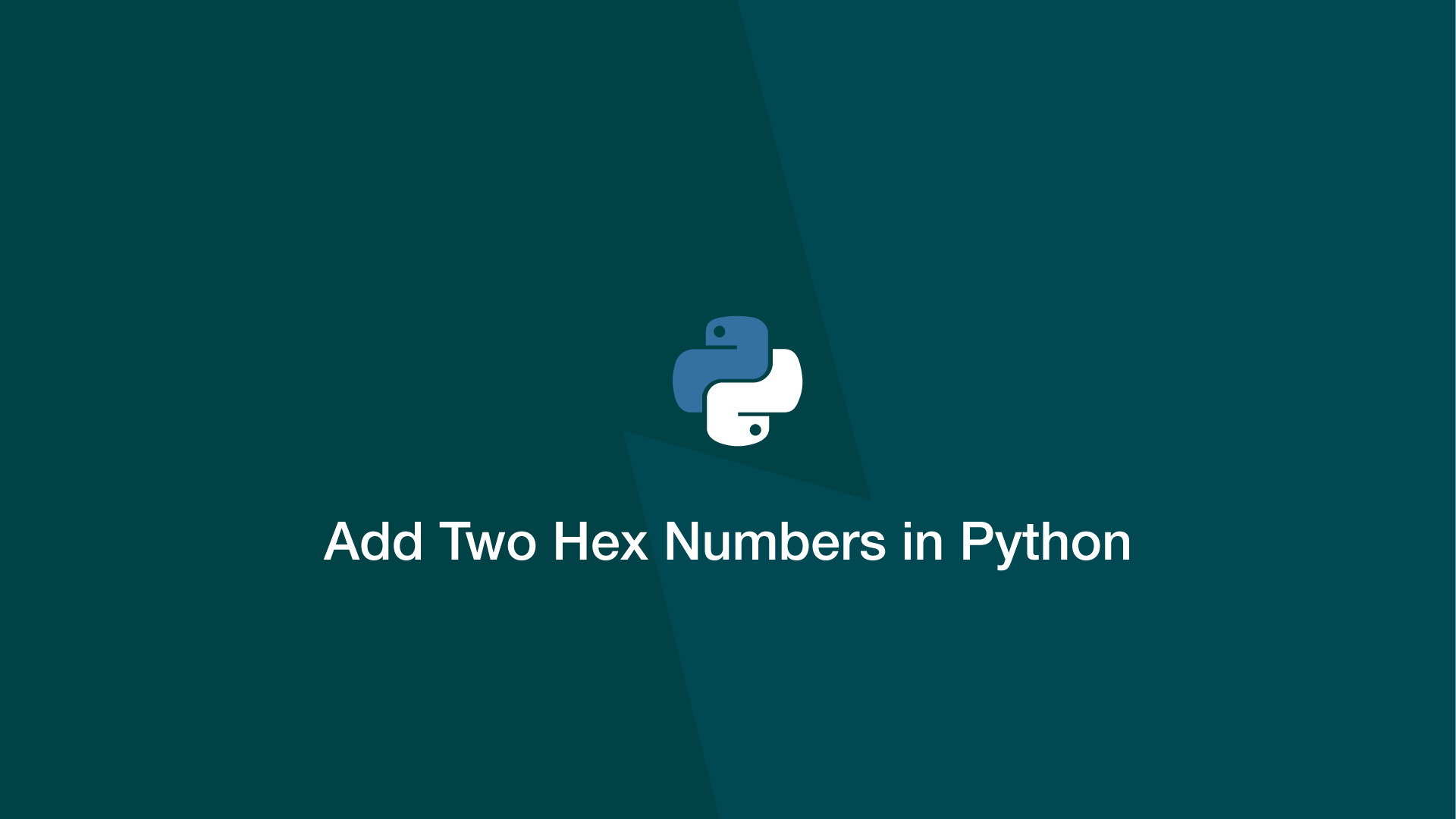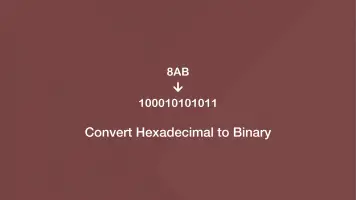How to Add Two Hex Numbers in Python
To add hexadecimal numbers in Python, first, convert them into decimals, perform the operation then convert the result back into the base 16 numeric system.
Let's look at an example of converting two base 16 numbers to base 10 with the Python int() function, adding the values together, then converting the result to hexadecimal using the Python hex() function.
a = '8AB'
b = 'B78'
a_int = int(a, 16)
b_int = int(b, 16)
result = hex(a_int + b_int)
print(result[2:])
1423
The whole operation could be done on one line and remain readable:
a = '8AB'
b = 'B78'
result = hex(int(a, 16) + int(b, 16))
print(result[2:])
1423
Python Hexadecimal Addition Function
If you need to add hex numbers more than once in a program it might be worth creating a function to reduce code repetition. Here is an example of how that might look:
def add_hex(a, b):
return hex(int(a, 16) + int(b, 16))
print(add_hex('8AB', 'B78')[2:])
1423







